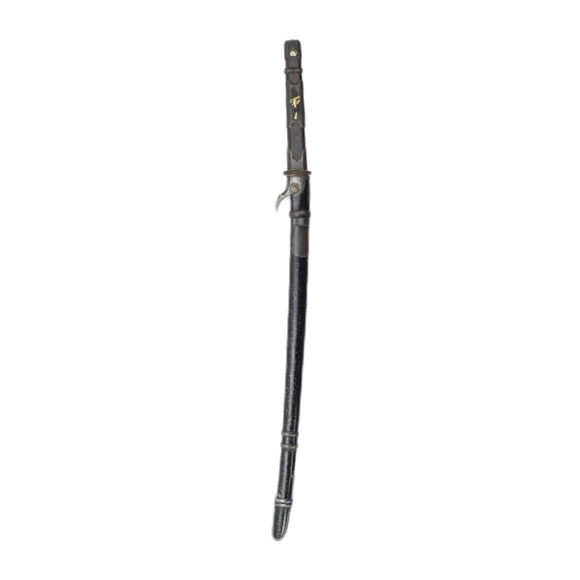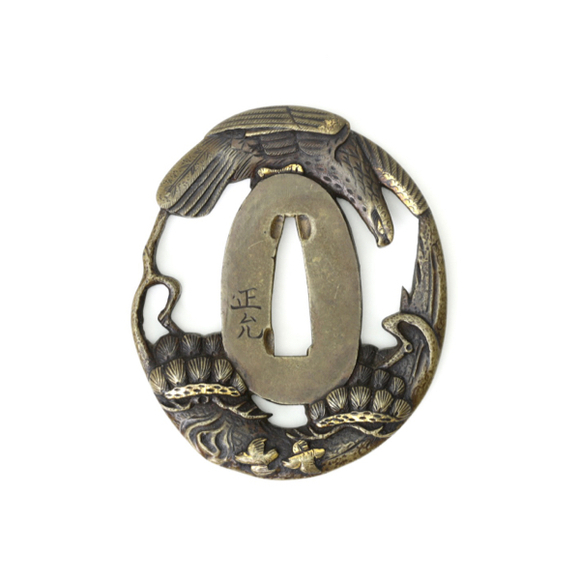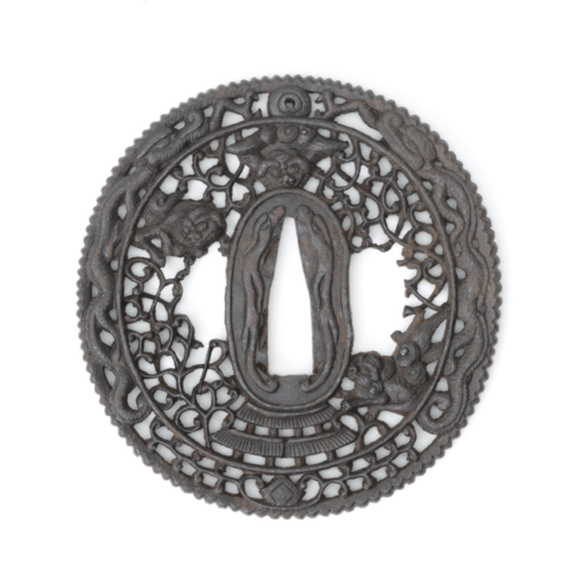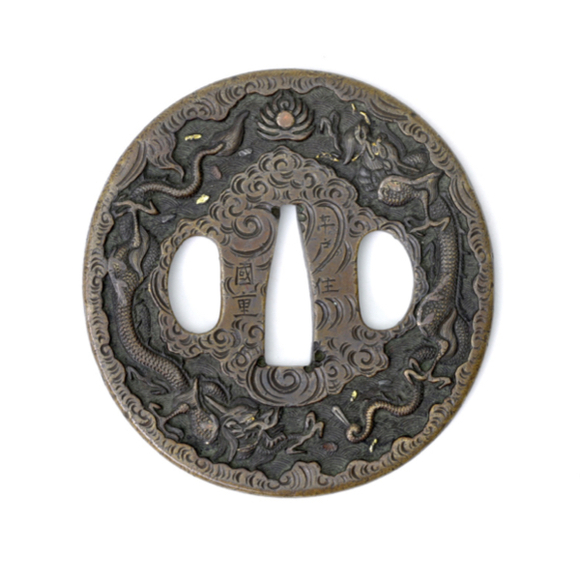Language: Japanese
Origin: Old literature
Introduction
The hachiwari (鉢割) or "skull splitter" is a type of Japanese sword-catching mace that some samurai carried. They are also known as kabutowari (兜割), "helmet splitter".
Typical examples have a slightly curved rod and a cook on the hollow side to catch a blade. Some have sharp points, others are blunt, like this one. They are very rare on the market, and no school of using them has survived until today.
I prefer the less common name hachiwari because these weapons are unlikely to split a helmet but would do damage on unarmored opponents. The name kabutowari may have been derived from a misinterpretation of hachiwari where hachi can mean both skull or helmet.1
Functionally it may have been replaced by the jitte, a somewhat similar Japanese sword catching-mace that tends to have a straight blade and a larger catching hook. These were carried by imperial police, palace guards, and some samurai.
Notes
1. Markus Sesko; Encyclopedia of Japanese swords. Lulu Enterprises, Inc. 2014. Page 158.

A fine hachiwari with scabbard.
Mandarin Mansion inventory 2023.
The hachiwari of Masashige
Kusunoki Masashige (1294-1336 A.D.) was an exemplary samurai of the Kamakura period who fought for emperor Go-Daigo. He became an icon of bravery, loyalty, and devotion to the emperor. He supposedly wore a hachiwari which was published in the Shuko Jisshu (集古十種) or "Ten ancient collections" of 1800. This project was lead by Sadanobu Matsudaira, a daimyo and senior counsel to the Shogun. His team traveled around the country to document antiquities in various collections, including temples and shrines.

The Hachiwari of Masashige as illustrated in the Shuko Jisshu.
It was signed as having been made by no less than Gorō Nyūdō Masamune.
During the Edo period, several hachiwari were made with inscriptions referring to the one carried by Masahige illustrated above. Masashige was seen as an icon of devotion to the emperor. Besides being a practical sword catcher, such pieces were probably also worn as a status symbol and means of showcasing loyalty and allegiance to the emperor.






